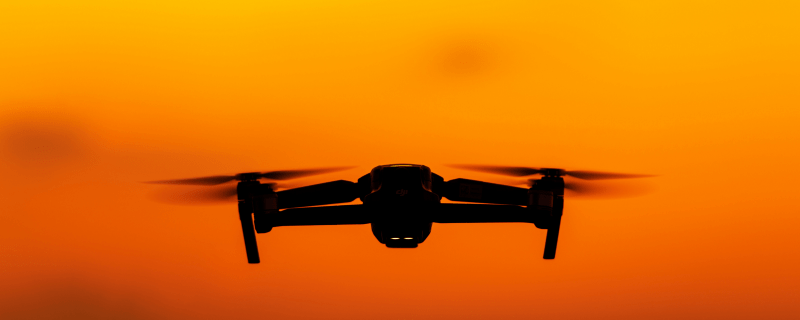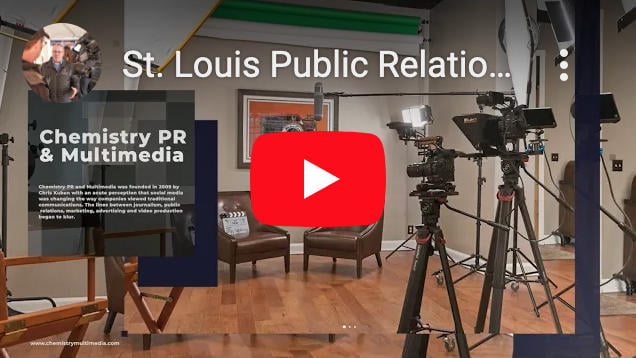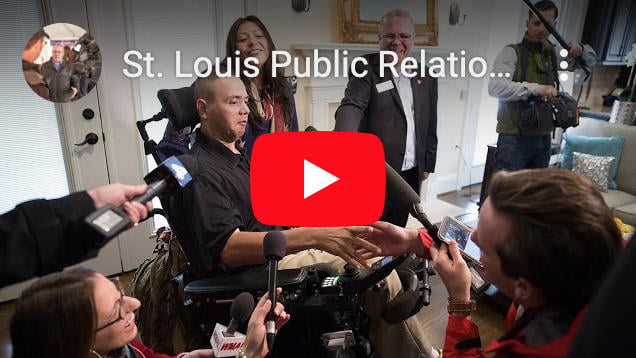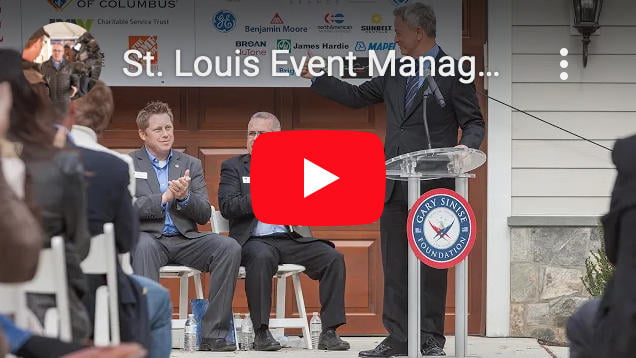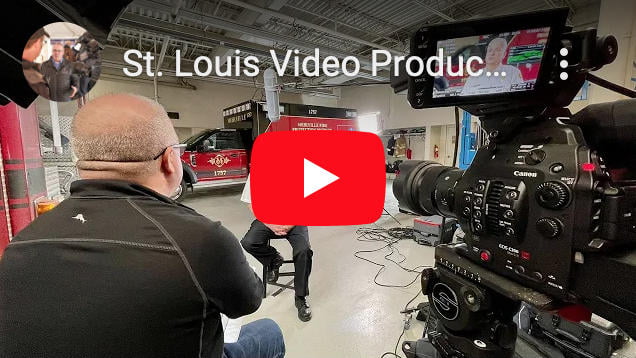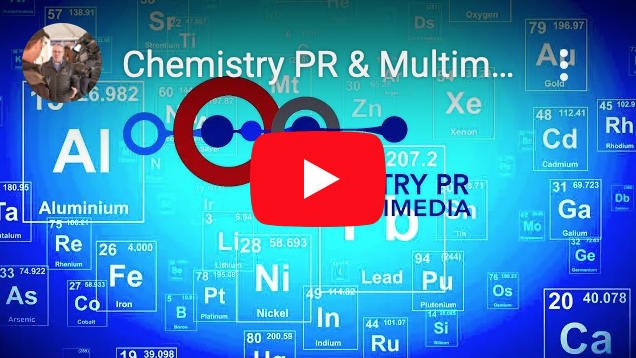5 Tips for Producing Excellent Drone Video Projects
Drone photography is the fastest growing trend in photography in years. Beyond the use of drones as a hobby, drones offer unlimited flexibility for the serious photographer who desires to level up projects like weddings, real estate, landscapes and commercial photography. Whether you are new to drone video and photography or you have been at it for a while, check out these tips for producing excellent drone projects.
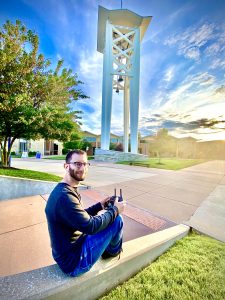 Think Ahead / Plan Ahead
Think Ahead / Plan Ahead
Sufficient time for planning and thinking about your project goals is time well spent. Start a few days ahead of time, if possible, checking weather predictions for shoot day. If the date is set in stone, consider how to use the weather conditions in favor of the project or alternatives to shoot location and methods. Visit the shoot site and plan angles and viewpoints with impending weather and light conditions in mind.
Consider how the lighting will affect the structures you are filming. Light reflecting on glass or metals and moisture on stone buildings or concrete walks will matter in the composition of photos or video footage.
When shooting in a populated area, consider the time of day, how populated the site will be and the implications of capturing people, especially children, unassociated with your project. (Plan to get necessary permissions ahead of time, no one likes to be creeped by drone pilots!)
Consider your flight pattern and any possible obstacles or problem spots that could interrupt your shot or make it impossible to complete your flight. Starts and stops will add editing time.
Take care to plan specific images or footage you desire to capture. Flight time is limited to about 25 minutes for even the best drones. Careful planning will ensure you get the most out of flight time.
Don’t Dismiss the Mundane
Don’t assume what you see from the ground is what you will get when your drone is in flight. A pre-flight look at what the site offers is a good idea during the planning stages of a project. Additionally, scenes that appear mundane from an aerial view can be enhanced during the editing process with colors and filter effects to add that ‘wow’ factor.
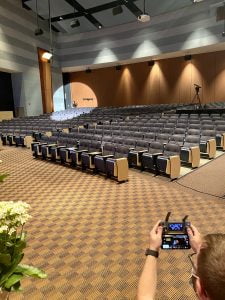 Learn and Use Advanced Settings
Learn and Use Advanced Settings
Getting the most from your drone means knowing the machine inside and out and what it will do. Learn the settings, even the advanced settings and know what your drone is capable of. Keep image sharpness in mind for ISO speeds and avoid reliance on the automatic settings for the best (and most creative) results. For still shots, be sure to capture multiples to increase the chances of getting a few good crisp images.
Use Grid Overlays
If your drone monitor is not equipped with a grid overlay, grab an app or manually add one. A grid overlay will help avoid unnecessary cropping and pixel loss. It works by allowing you to compose a nice straight still shot and line up video footage for a more aesthetically pleasing result.
Practice, Practice, Practice
The best way to improve drone photography and videography is to get behind the control panel and practice. Spend time flying under various weather conditions, lighting scenarios and structural settings. Practice and master several techniques, including Bird’s-eye (directly overhead), Fly-through (pass-over), panning (horizontal left to right or vice versa) and rule of thirds (using a grid for composition). Before you know it, you will be filing live action shots like a Hollywood pro.
Drones are widely used by hobby photographers for catching fun and adventurous images and footage. They are also used to add creativity and enhanced capabilities by the professional operator. In either case, these tips will bring excellence to any drone project. In either case, the sky truly is the limit.
 Chris Kuban started Chemistry PR and Multimedia with a vision to effectively formulate corporate and non-profit brands across the country. In doing so, he has become an expert in Media Relations, Event Management, Social Media implementation and video production. He engages, coordinates and oversees a diverse team of local and national suppliers, vendors, employees and consultants, allowing him to successfully coordinate over 120 national events focusing on overall logistics, media relations and his clients’ expected ROI. Follow him on Twitter or connect with him on LinkedIn.
Chris Kuban started Chemistry PR and Multimedia with a vision to effectively formulate corporate and non-profit brands across the country. In doing so, he has become an expert in Media Relations, Event Management, Social Media implementation and video production. He engages, coordinates and oversees a diverse team of local and national suppliers, vendors, employees and consultants, allowing him to successfully coordinate over 120 national events focusing on overall logistics, media relations and his clients’ expected ROI. Follow him on Twitter or connect with him on LinkedIn.

